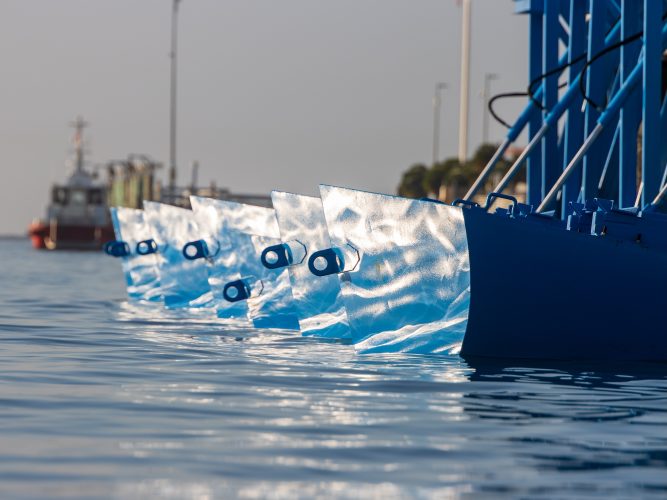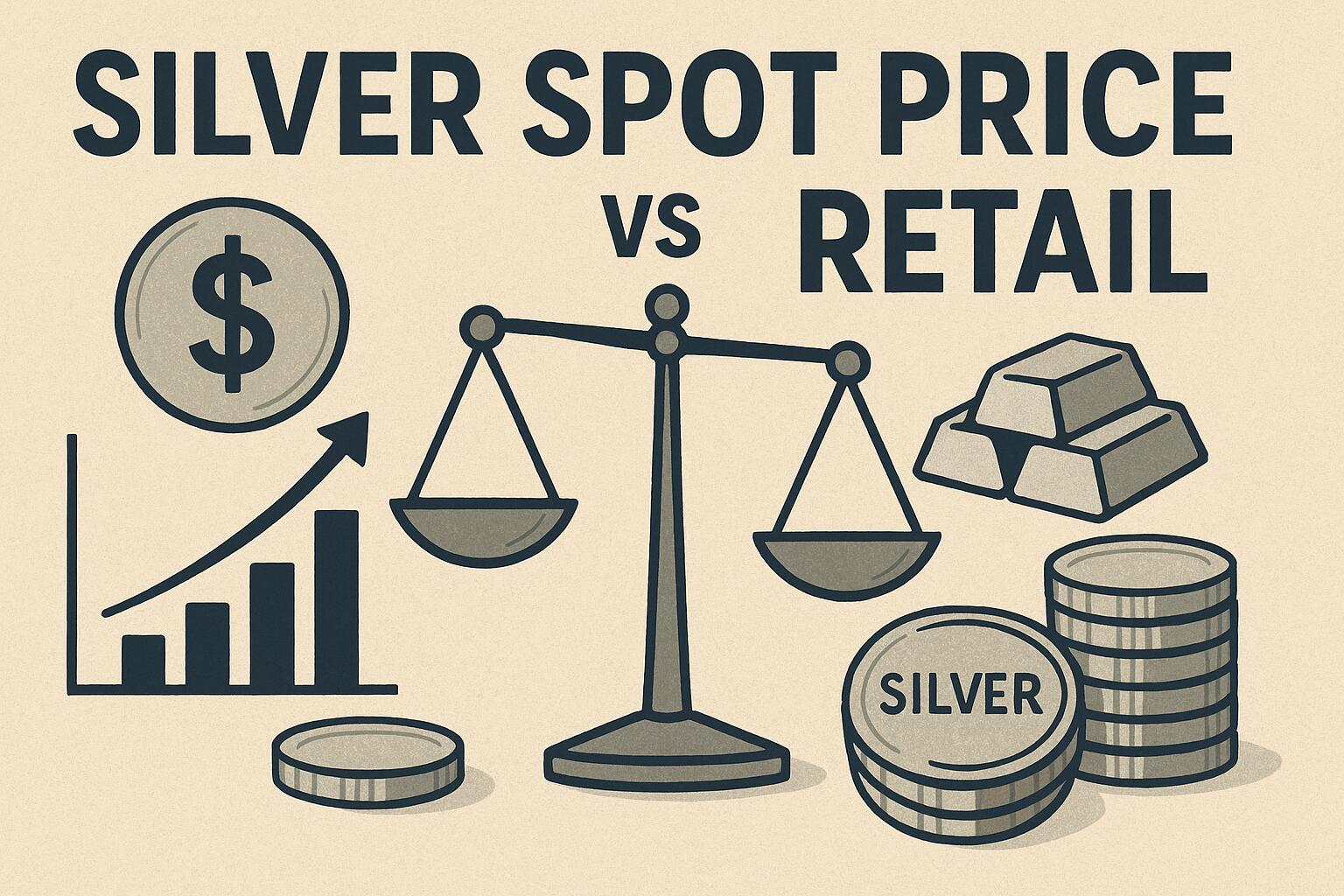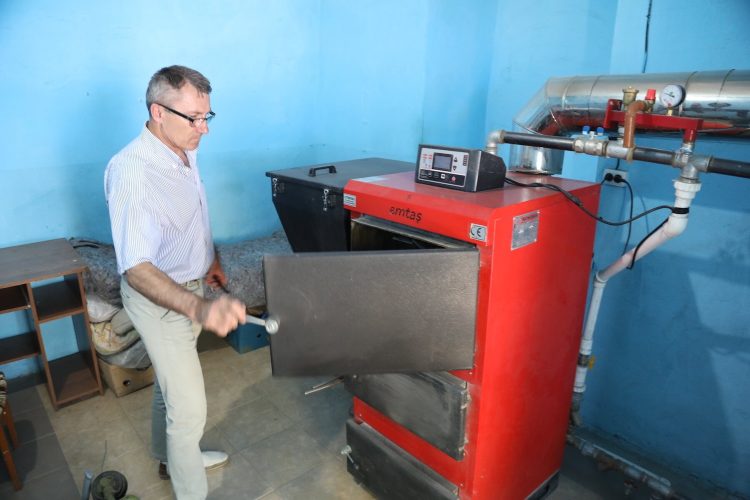TriplePundit • Trump’s ‘Dominance’ Plan Could Create a Marine Energy Boom in the U.S.

Federal energy policy has taken a sharp U-turn under the American Energy Dominance plan set out by U.S. President Donald Trump earlier this year. But the new policy actually supports several forms of renewable energy, including biomass, hydropower and geothermal. In an interesting development, marine energy sourced from the movement of oceans and rivers also meets the plan’s 24/7 deliverability standard, and recent moves open the door for a plentiful new source of clean electricity for coastal communities and ocean-based industries.
Marine energy and the American Energy Dominance plan
The American Energy Dominance plan provides federal support for energy resources that can deliver electricity on a reliable 24/7 basis — regardless of seasonal changes, weather conditions or time of day. That standard includes coal, oil and natural gas along with nuclear energy. It excludes wind and solar energy, declining to recognize that modern energy storage and grid management systems can cover those gaps in wind and solar availability.
In contrast, biomass, hydropower and geothermal power plants can operate on a 24/7 basis, meeting the same standard that applies to fossil fuels and nuclear energy. The January 20 presidential Executive Order titled “Unleashing American Energy” lists biomass and hydropower among the resources to be supported. In February, Energy Secretary Chris Wright followed up with another order, titled “Unleashing the Golden Age of American Energy Dominance,” which also mentioned hydropower along with geothermal.
Neither document refers directly to marine power sourced from devices that transfer the kinetic energy of waves, tides and currents into electricity. But it meets the 24/7 standard, and the Department of Energy continues host an online footprint for its Marine Energy Program.
“The power coursing through oceans and rivers equates to nearly 60 percent of the United States’ total electricity needs,” the Energy Department’s program webpage reads reads, referring to resources that are technically available, but not necessarily recoverable.
Shipping, fishing and other existing uses are among the factors that can limit the amount of marine energy that is actually recoverable. Even so, marine energy has potential to play a key role in the U.S. energy profile. “Even if only a small portion of the energy from these waterways is harvested, marine energy could still make significant contributions to the nation’s energy needs and provide millions of Americans with locally-sourced, reliable and affordable energy,” according to the Energy Department.
Signs of life for marine power at the U.S. Department of Energy
As may be expected, the Marine Energy Program has not publicized any new projects in 2025, but the agency did expand a longstanding agreement with Norway to include marine energy.
The department has worked with Norway’s Royal Ministry of Energy on hydropower since 2004. By combining the work of U.S. national laboratories and Norway’s SINTEF Energy Research, the partners developed new ways to modernize and improve the efficiency of hydropower systems, which use dams to generate power from rivers. In an updated agreement signed in July, they’re now setting their sights on deploying marine energy systems to harness the natural movement of oceans and other water sources. “We are building upon our two nations’ shared expertise and advanced marine energy technologies to support President Trump’s pro-growth energy agenda for the American people,” Energy Secretary Wright emphasized.
A newly purchased 3D printer may also help a key U.S. research lab, the National Renewable Energy Laboratory (NREL), to fine-tune more marine energy devices. Developed by the Tennessee startup One-Off Robotics, the new laser-powered metal 3D-printing system can create specialty parts capable of withstanding the merciless force of ocean currents — creating new pathways for NREL research into marine power.
Instead of waiting for up to nine months for a single part to arrive from a remote factory, research teams at the lab can now fabricate their own parts, on site, in a matter of days. “We have a good amount of experience doing rapid prototyping and additive manufacturing with smaller machines,” said Casey Nichols, an NREL research engineer focused on novel marine energy technologies, in a statement. “But getting a larger 3D printer lets us do more at-scale research.”
The new resource will allow researchers to perform real-life testing on full-scale prototypes more rapidly and economically, and help them to assess how 3D printing can reduce the cost of manufacturing marine energy devices for the commercial market, Nichols said.
Developers are moving forward with marine energy in the U.S., with or without federal support
While the U.S. Department of Energy could opt to push ahead or pull back from funding new marine energy development programs, developers and researchers continue to show potential for growth in the U.S. market. In 2023, for example, the Israeli startup EcoWave Power committed to a install a pilot-scale version of its new wave energy harvesting system at the Port of Los Angeles in California, with 50 percent of the funding provided by Shell through its Marine Energy Program.
Switched on earlier this year, the system consists of a row of bright blue floaters fixed to a jetty that bob up and down with every wave, creating hydraulic pressure which drives a generator to produce electricity. It’s meant to serves as a demonstration and educational platform to show what wave power can do. “We know there’s incredible potential for wave energy to power our communities and protect our environment,” U.S. Rep. Nanette Barragán said on a recent visit to the Eco Wave installation. Barragán represents the communities around the Port of Los Angeles and last week introduced the $1 billion Marine Energy Technologies Acceleration Act to channel more federal support to the fledgling industry.
Homegrown U.S. startups also see the potential in wave and tidal power. For example, the Maine-based Ocean Renewable Power Company is seeking federal approval for a tidal energy project in Alaska’s Cook Inlet, while a recently inked deal will help New Jersey-based Ocean Power Technologies create testing simulations for its marine energy systems before they’re deployed — helping to demystify and derisk them for more public and private customers.



Post Comment